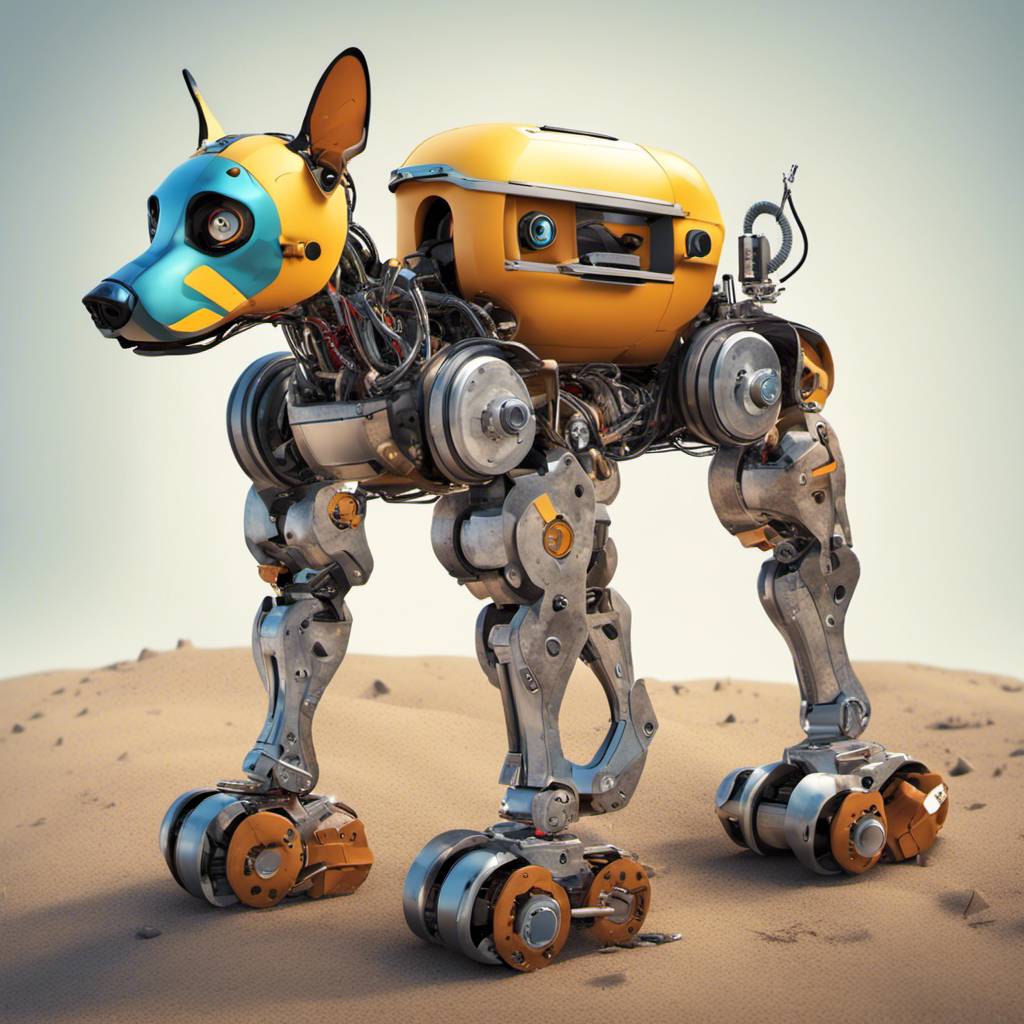In the realm of robotics, a groundbreaking innovation has been introduced by a team of engineers who have taken inspiration from man’s best friend. This team has developed a four-legged robot, mimicking the locomotion of a dog, that is capable of running autonomously, without the assistance of motors or external aid. This development is a significant leap in the field of robotics, particularly for applications in various sectors such as military operations, logistics, search and rescue missions, and even space exploration.
The unique selling point of this quadruped robot lies in its ability to traverse challenging terrains without depending on control motors to maintain its stride. This feature sets it apart from other existing prototypes, marking a significant advancement in the world of electronics and robotics. The engineers have designed the robot’s body to respond automatically to its environment, similar to how a trout instinctively begins to swim when placed in water.
Francesco Stella, the project supervisor, shared in an official statement, “We designed the robot’s body to be able to respond automatically. This is much like how a trout starts swimming automatically when placed in water.” This statement underscores the team’s commitment to creating a robot that operates intuitively and independently, much like living organisms.
The field of robotics has been increasingly drawing inspiration from nature, with engineers attempting to replicate the locomotion of animals through programming languages and coding techniques. This approach, often referred to as biomimicry, has led to the development of robots that can imitate the movements of snakes, birds, and even insects. The latest addition to this line-up is the dog-inspired quadruped robot.
This innovation could revolutionize several industries. In warfare, for instance, these robots could be deployed for reconnaissance missions or to defuse explosives, reducing human risk. In the logistics sector, they could be used for package delivery services, navigating through complex terrains and ensuring timely deliveries. In search and rescue operations, these robots could reach areas inaccessible to humans, potentially saving lives during natural disasters or emergencies.
Furthermore, this technology could prove invaluable for future space exploration. Robots that can navigate rough terrains autonomously would be ideal for exploring alien landscapes, collecting data, and even setting up bases for human habitation. These robots could be the pioneers of space exploration, paving the way for human colonization of other planets.
The development of this self-running quadruped robot is a testament to the power of computers and programming languages in shaping our future. It is an exciting time in the electronics industry as we witness the convergence of robotics and artificial intelligence, leading to innovations that were once confined to the realm of science fiction.
While this prototype represents a significant advancement in robotics, it is merely scratching the surface of what is possible. As engineers continue to refine their coding skills and push the boundaries of what machines can accomplish, we can expect to see more sophisticated robots that can perform tasks with greater efficiency and autonomy.
In conclusion, this dog-inspired robot represents a significant stride in robotics and electronics. It showcases how coding and programming languages can be used to create autonomous machines capable of navigating complex terrains. As we continue to explore the potential applications of these robots across various sectors, it is clear that they will play a crucial role in shaping our future.
